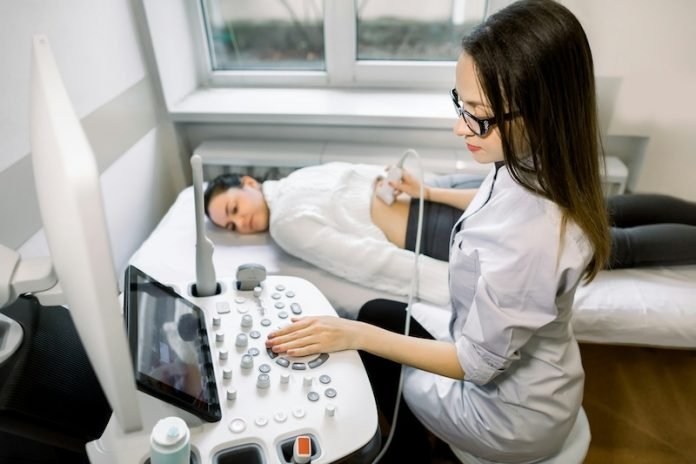
Urinary tract infections (UTIs) and kidney infections are related health issues, but they affect different parts of the urinary system and require distinct approaches to treatment.
Understanding the symptoms, causes, treatment options, and prognosis for each can help in managing these conditions effectively.
A UTI is an infection in any part of the urinary system, including the bladder, urethra, ureters, and kidneys. Most infections involve the lower urinary tract — the bladder and the urethra.
Women are at greater risk of developing a UTI than men because of their shorter urethra, which allows easier access for bacteria to reach the urinary tract.
A kidney infection, also known as pyelonephritis, is a type of UTI that generally starts in the bladder or urethra and travels up to one or both kidneys. This condition is more serious than a lower UTI because it can lead to more severe complications.
Symptoms:
- UTI Symptoms typically include a strong, persistent urge to urinate, a burning sensation when urinating, passing frequent, small amounts of urine, urine that appears cloudy, red, bright pink, or cola-colored — a sign of blood in the urine — and strong-smelling urine. Pelvic pain, especially in the center of the pelvis and around the area of the pubic bone, is also common in women.
- Kidney Infection Symptoms are more severe and can include all the symptoms of a lower UTI plus fever, chills, lower back or side pain, nausea, and vomiting. Kidney infection symptoms reflect the body’s attempt to fight off a serious infection.
Causes: Both UTIs and kidney infections are typically caused by bacteria that enter the urinary tract through the urethra and begin to multiply. However, a kidney infection is usually the result of an untreated lower UTI. Bacteria from an infection in the bladder or urethra can spread to the kidneys, leading to a more serious infection.
Treatment:
- UTIs are usually treated with antibiotics, which are chosen based on the type of bacteria in the urine. Patients are often advised to drink plenty of water to help flush the bacteria from their system.
- Kidney Infections require more aggressive treatment, typically with oral antibiotics for mild cases and intravenous antibiotics for more severe cases. Treatment duration can be longer than for a simple UTI, sometimes lasting up to two weeks to ensure the infection is fully eradicated.
Outlook:
- The prognosis for a UTI is excellent if the infection is caught early and treated promptly. Most symptoms clear up within a few days of treatment.
- The outlook for a kidney infection is also generally good if treated early and aggressively. However, if left untreated, kidney infections can lead to serious health complications including permanent kidney damage or bloodstream infections, which are potentially life-threatening.
Preventive measures for both conditions include practicing good personal hygiene, drinking plenty of fluids, urinating frequently, and for women, wiping from front to back to avoid spreading bacteria from the anus to the urethra.
In addition, emptying the bladder soon after intercourse can help remove bacteria and reduce the risk of UTI.
In summary, while both UTIs and kidney infections are treatable, recognizing the more severe symptoms associated with kidney infection is crucial for preventing serious health outcomes.
Early intervention and appropriate treatment are key factors in successfully managing these infections and ensuring a good prognosis.
If you care about wellness, please read studies about how ultra-processed foods and red meat influence your longevity, and why seafood may boost healthy aging.
For more information about wellness, please see recent studies that olive oil may help you live longer, and vitamin D could help lower the risk of autoimmune diseases.
Copyright © 2024 Knowridge Science Report. All rights reserved.



